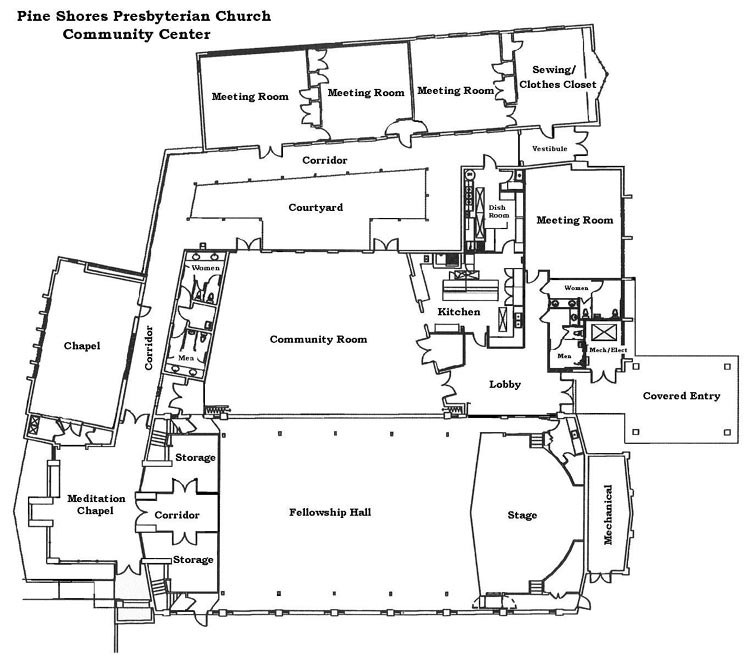
Nepali Community Center
I have not been the one to take the lead on this idea. There was a group of some 50 Nepalis in the city who first talked about it. But the idea never took off. Then this past year Chandra Prakash Sharma has been taking the lead.
I am supportive of the idea at the concept level, but I think we have to do some serious reality check, and we have to do a cost benefit analysis.
We Nepalis have a tendency to think in terms of a physical strucutre. So a community center takes the form of a house, a building. If that were to materialize, you are talking Queens, not Long Island.
Nepalis in the Baltimore-DC area did erect a Pashupati temple somewhere there, but the place is far from the city. I guess costs were a factor. And I gather the place stays mostly deserted. Hundreds of thousands of dollars went into it. Was that the best use of the money?
To build a physical community center in Queens, you are talking a million dollars. That is a lot of money. Can that money be raised? From where? How long will it take? How will you sell the idea? What's the idea?
Right now we have a hard enough time raising $900 a month. And not even the Indian community has in the city what we envision. The Indian community is much larger, much richer.
And say you do erect the building. Then what? Maintenance costs are involved. There will be no income. More money will have to be raised on a monthly basis to run the place. You are looking at hiring people to run the place.
And even if you manage to do all that, an average Nepali in the city works seven days a week, odd hours, long hours, at low paying jobs. That average Nepali will hardly ever visit the place. And so the whole thing might end up a white elephant project.
So I think we have to think in terms of an alternate vision.
Events, Organizations, Websites
April Convention: Creating A Glowing Core
April Convention: Emerging Picture
April Revolution, April Convention
That is why I am so excited about the idea of an annual convention in Queens. This is a private sector effort for a reason. Chandra Prakash and I hope to do it better and cheaper than the so-called non-profit efforts that have been the rage so far in the diaspora. And we hope to do it in a way such that the participating organizations wield a lot of decision making power.
I think we need to organize many more events in the city. There are so many open slots.
There has to be this annual convention every April. There can be a few major events in summer. The Alliance Picnic is a great one. It's in a park. It is potluck. It is free. We have to think in terms of a few block parties. All major festivals have to be celebrated. There have to be many more political and social discussion events. And there have to be many more house parties. There already are. But they tend to be mostly private. If we can do a better job of sharing information, we can make them a little more public.
I am really big on the house party idea. I feel like the house party has to be the core, the basic building block of the idea of a "community center." And people should blog those house parties. Share pictures.
Each organization does it in its own way. But my emphasis is to keep the costs down as much as possible. And to widen the circle of participation.
Less than 2% of the Nepalis in the city are members of this or that organization. That is a serious handicap. That number has to be moved to at least 33. If at least one out of three Nepalis in the city will become members of one or the other organization, we might have covered the entire base.
To that end, existing organizations should expand, and new organizations have to be launched. And there should be a few umbrella organizations.
I am big on the idea of keeping it simple. Hamro Nepal offers free membership for a reason.
There is a major blind spot. No Nepali organization in America has thought in terms of political empowerment of Nepalis right here in America, none has thought in terms of voting rights. Unless that is rectified, Nepalis in general do not feel compelled to join the organizations. They sound too abstract. Talk about the here and now.
And the organizations have tended to be elitist. The white collar, blue collar divide has to be narrowed. This is one place the ethnic organizations can play a major role. You emphasize the cultural bonds.
There is face time, phone time, and screen time. Not every Nepali in the city is online, but most are. Almost all are. Almost everyone has a cellphone. I don't know anyone who does not. And everybody meets in small groups. Most people party once a week, or once every few weeks.
I am a big proponent of using the web to disseminate information. Perhaps at the core of the community center concept should be a megawebsite, and not a physical building. There should be this one place online where all organizations list their events.
Even if the physical building were to materialize long term, the short term stuff has to do with events, organizations and websites. So the talk is not either or.
Do events, blog events. Text, audio, video. It is so easy to do. You can get the basic equipment for less than $100 on eBay. That way you act local, but your impact is global.
Countdown To The April Convention 1
Countdown To The April Convention 2
No comments:
Post a Comment